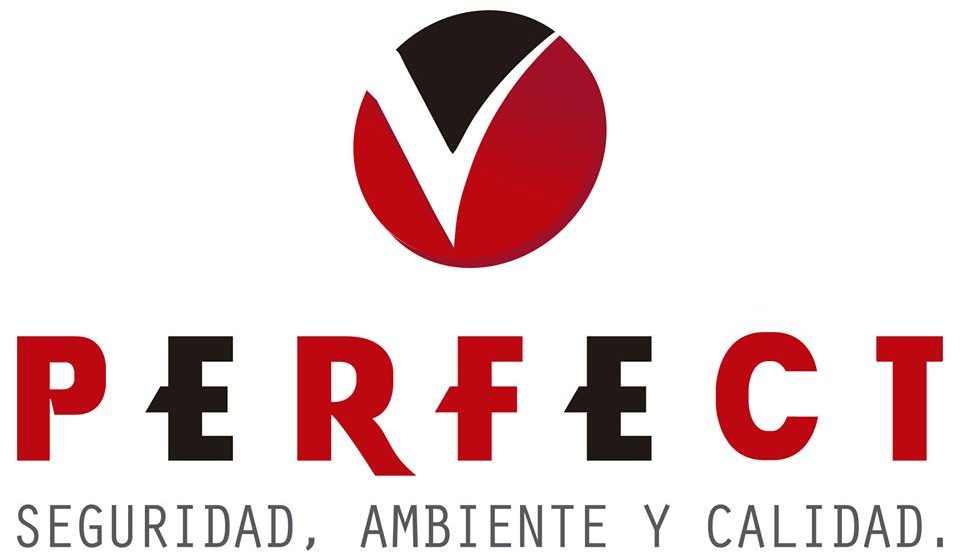
The Multifaceted Concept of House
When we think of a house, we often conjure images of walls, roofs, and windows. However, a house transcends mere physical attributes; it embodies comfort, security, and emotional ties. Thus, while a house can be a shelter, it can also transform into a home, laden with memories and personal nuances. This concept invites us to explore the multifarious dimensions of a house, touching upon architectural styles, the integration of technology, the significance of interior design, and the emotional resonance associated with our living spaces. To take a step further in exploring how we can find our peace within our living spaces, consider visiting House peacehouse.us, a resource dedicated to enhancing the living experience.
The Architectural Styles That Define a House
The architectural style of a house can reveal much about the culture, climate, and historical context in which it was built. Let’s take a look at some common architectural styles and their distinctive features:
- Colonial: Characterized by symmetrical designs and classic proportions, Colonial houses often feature a central front door with evenly spaced windows.
- Modern: Emphasizing minimalism and open spaces, modern houses often incorporate large windows and various materials, embracing a straightforward aesthetic.
- Victorian: Known for intricate details, ornate decorations, and unique rooflines, Victorian houses capture a sense of history and artistry.
- Cottage: These charming dwellings often evoke feelings of warmth and coziness, often surrounded by gardens and characterized by a quaint, inviting look.
- Contemporary: Fluid in design, contemporary houses embrace sustainability and innovation, often using eco-friendly materials and energy-efficient solutions.
Each style represents a piece of history and cultural significance, allowing homeowners to express their identity through their choice of house design.
The Role of Technology in Modern Houses
In the 21st century, technology plays an integral role in shaping our houses and enhancing our quality of life. Smart homes, equipped with devices connected to the Internet of Things (IoT), are redefining our residential experiences. They offer convenience, security, and energy efficiency. Here are some key technological advancements:
- Smart Thermostats: These devices learn your schedule and preferences, adjusting the temperature to enhance comfort while saving energy.
- Home Security Systems: Innovative systems provide real-time surveillance and alerts, ensuring the safety of inhabitants and their belongings.
- Smart Lighting: Control your home’s lighting via your smartphone or voice activation, adjusting brightness and color to suit your mood or activity.
- Voice Assistants: Devices like Amazon Alexa or Google Home facilitate daily routines by providing reminders, playing music, and controlling smart home devices.
The integration of technology into our houses not only makes life more convenient but also fosters a sense of control and customization, paving the way for a modern living experience.
Interior Design: Transforming a House into a Home

While the structure of a house provides the framework, interior design breathes life into it. This art form balances functionality with aesthetics, turning a mere house into a unique sanctuary. The following elements are essential in creating a harmonious living space:
- Color Schemes: Colors evoke emotions and set the mood of a space. Selecting the right palette can influence how a room feels, whether calming blues or vibrant reds.
- Furniture Selection: Choosing the right furniture not only promotes comfort but can also enhance the overall design theme of a house.
- Space Optimization: Effective use of space is crucial for maintaining flow within a home. Considerations for layout and furniture arrangement can significantly impact functionality.
- Decor Accessories: Personal touches such as artwork, photographs, and decor accents contribute to the overall personality of a space, making it feel uniquely yours.
The journey of interior design is about expressing individuality while providing comfort and functionality. As homeowners tailor their spaces, they reflect their tastes and lifestyles.
The Emotional Connection to a House
While bricks and mortar create a house, memories and experiences turn it into a home. This emotional connection can manifest in various ways:
- Pride of Ownership: A house is often seen as a significant investment, representing personal accomplishments and financial stability.
- Shared Memories: The moments spent with family and friends within the walls of a house shape its emotional essence, creating a tapestry of experiences.
- Comfort and Safety: A home provides solace after a long day, acting as a refuge from the outside world.
- Legacy: Houses can carry familial significance, serving as a symbol of generations past, wherein stories and traditions are passed down.
Such connections deepen the value of a house, transforming it from a mere physical structure into a cherished home.
The Future of House Design
As we venture into the future, the concept of a house continues to evolve due to societal changes and advances in technology. The following trends signal what we might see in house design moving forward:
- Sustainability: Eco-friendly materials and energy-efficient designs will increasingly define the houses of the future, catering to environmentally conscious homeowners.
- Multi-functionality: As living spaces become more limited, multifunctional rooms that serve varied purposes will become a necessity, promoting adaptability.
- Virtual Reality Design: Utilizing VR technology can enable homeowners to visualize and customize their spaces before construction, enhancing the design experience.
- Health and Well-being: Future houses may increasingly focus on promoting wellness, integrating designs that improve air quality, natural light, and mental well-being.
Conclusion: A House is More Than Just a Structure
In conclusion, a house represents so much more than its physical structure. It is an extension of ourselves, shaped by our experiences, desires, and identities. From the architectural styles that define its outward appearance to the technology and design elements that create our living experience, the concept of a house encompasses a rich tapestry of meaning. As we move forward, understanding these dimensions can help us build spaces that resonate with our true selves—transforming houses into inviting homes filled with love, memories, and endless possibilities.
